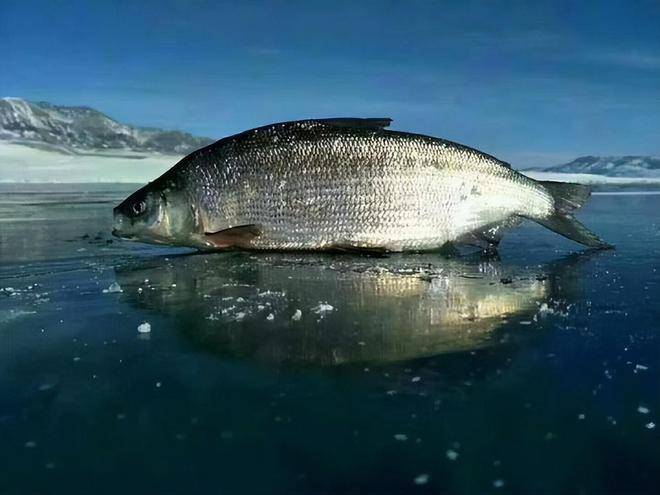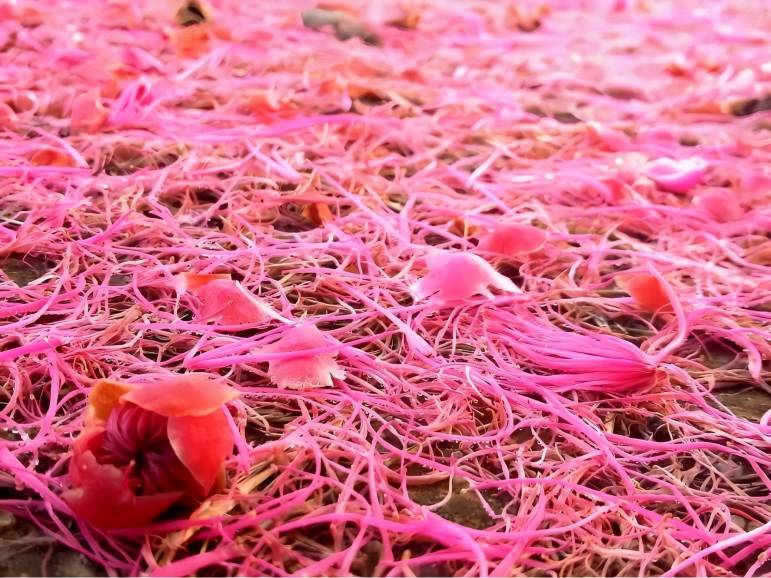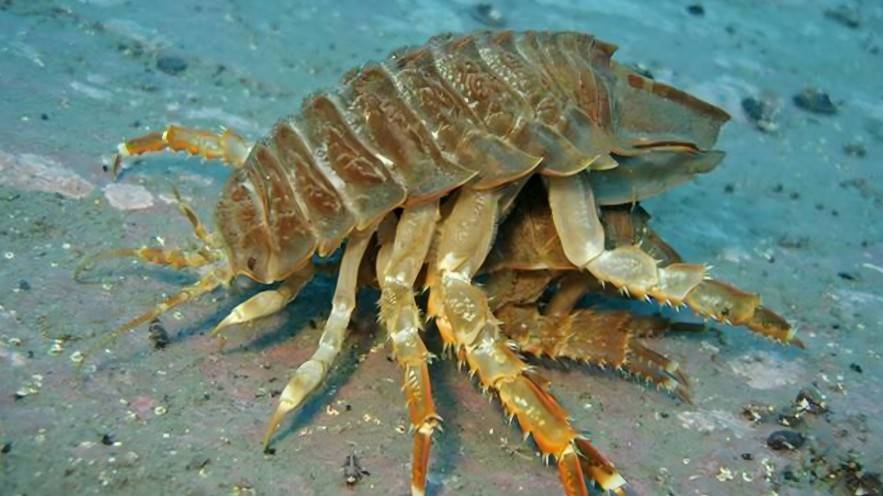Choosing the Best Natural Astaxanthin: The Ultimate Source Comparison Guide
In today's rapidly evolving global dietary supplement and functional food industry, astaxanthin—one of the most promising natural antioxidants—continues to see growing market demand. Yet, when selecting raw materials, buyers often face a critical decision: which source is superior—Haematococcus pluvialis or Saccharomyces cerevisiae?
This seemingly straightforward choice actually impacts the competitiveness of the entire product chain. According to the latest industry data, while both sources coexist in the market, their intrinsic differences far exceed the common understanding of buyers. These differences are not only reflected in molecular structure and biological activity but also directly influence the market positioning and consumer experience of the final product.
The current industry landscape reveals that many purchasing decisions remain hindered by the following factors:
· Lack of systematic understanding of the fundamental differences between the two sources
· Difficulty in obtaining objective, neutral comparative data
· Challenges in balancing cost and quality
· Insufficient understanding of the link between raw material source and final product efficacy
These knowledge gaps may lead to detours in product development and even impact the market performance of the final product. In fact, the choice of raw material source directly influences product performance in several critical areas:
· Bioavailability and absorption efficiency
· Stability of antioxidant activity
· Acceptance among target consumer groups
· Differentiated competitive advantages of the product
Making informed choices requires a comprehensive, objective understanding of both raw materials. Next, we will conduct a systematic comparative analysis of these two sources—from molecular structure to market applications—using scientific data and empirical research, providing reliable decision-making references for industry professionals.
Part I: Five Dimensions Revealing the Fundamental Differences in Natural Astaxanthin Sources
Making an informed raw material choice requires a deep understanding of the essential differences between the two sources. The following objective comparison analyzes five key dimensions:
I. Molecular Structure and Bioactivity
From a biochemical perspective, astaxanthin from the two sources exhibits fundamental differences in molecular structure. Astaxanthin produced by Haematococcus pluvialis exists in esterified forms, with over 95% comprising mono- and diester structures. This configuration exhibits higher affinity with human cells, enabling more efficient penetration through cellular membranes. In contrast, astaxanthin from Saccharomyces faucii contains over 70% dextrorotatory structures, whose molecular spatial configuration aligns less effectively with human metabolic systems.
II. Component Profile and Synergistic Effects
Component analysis reveals that Haematococcus pluvialis naturally contains not only astaxanthin but also multiple carotenoids like lutein and beta-carotene. Together, these components form a comprehensive antioxidant network. Research data indicates that this natural complex system enhances antioxidant efficacy by approximately 40% compared to single-component formulations. In contrast, the metabolites from Saccharomyces cerevisiae are relatively limited and lack this inherent synergistic effect.
III. Bioavailability Evidence-Based Research
Clinical data reveal significant differences. At equivalent doses, astaxanthin from Haematococcus pluvialis achieves 2.3 times higher peak blood concentrations than yeast-derived astaxanthin, with a 1.8-fold longer biological half-life. This disparity directly translates to practical efficacy: after 4 weeks of continuous use, algal-sourced astaxanthin significantly outperforms yeast-derived astaxanthin in improving skin hydration and elasticity.

IV. Safety Profile Analysis
Safety studies indicate both sources exhibit favorable safety profiles under strictly controlled manufacturing conditions. However, particular attention is warranted regarding potential metabolic byproducts generated during Saccharomyces cerevisiae production, necessitating rigorous quality control protocols. In contrast, Haematococcus pluvialis cultivated in closed photobioreactors yields a more clearly defined and consistent component profile.
V. Market Positioning and Regulatory Status
Globally, astaxanthin from Haematococcus pluvialis has been recognized as GRAS (Generally Recognized as Safe) by the U.S. FDA and approved as a Novel Food by the EU. These regulatory approvals pave the way for its application in major global markets. Red yeast rice, however, faces regional regulatory variations in specific markets, potentially impacting its global deployment.
Comprehensive analysis indicates that these two raw material sources inherently serve distinct product positioning and market strategies. Procurement decisions should be based on comprehensive consideration of product positioning, target markets, and efficacy requirements. In the following sections, we will further explore how these differences impact specific product development.
Part II: Strategic Selection of Natural Astaxanthin Sources Guided by Scientific Data
Having comprehensively understood the fundamental differences between the two sources, we must translate this scientific knowledge into practical product strategy. The following key data provides more actionable guidance for decision-making:
I. In-Depth Analysis of Key Efficacy Metrics
1. Bioavailability Differences
Clinical studies show that in an 8-week human trial, daily intake of the same dose (6mg) of astaxanthin from both sources yielded:
· Haematococcus pluvialis group: Serum astaxanthin concentration peaked at week 4 (3.7nM/mg) and remained stable throughout the trial
· Rhodophaea yeast group: Serum peak concentration was only 1.7 nM/mg, requiring 6 weeks to stabilize
· Relative bioavailability: Algal source exceeded yeast source by 218% (p<0.01)
2. Antioxidant Efficacy Comparison
In ORAC (Oxygen Radical Absorbance Capacity) testing:
· Haematococcus pluvialis source: ORAC value reached 4,200 μmol TE/g
· Rhodopseudomonas ferruginosa yeast source: ORAC value was 2,800 μmol TE/g
· Significance of difference: Algal source exhibited 50% higher antioxidant capacity (p<0.05)

II. Refined Selection of Application Scenarios
1. Scenarios prioritizing Haematococcus pluvialis
· Premium dietary supplements: Requiring clinical data to support efficacy claims
· Functional foods/beverages: Pursuing optimal bioavailability and absorption efficiency
· Professional sports nutrition: Demanding rapid onset and pronounced anti-fatigue effects
· High-end cosmetics: Requiring superior photoprotection and skin permeability
2. Scenarios where Saccharomyces cerevisiae may be considered
· Mass-market nutritional supplements: Cost-sensitive product lines
· General food coloring: Applications prioritizing color intensity
· Regional specialty products: Specific markets aligned with local consumption habits
· Aquaculture feed: Natural coloring for salmon and other aquatic animals
III. Four-Dimensional Decision Framework
Dimension 1: Efficacy Validation
· Essential documentation: Human clinical research studies
· Key metrics: Bioavailability data, half-life, steady-state concentration
· Validation Standards: Long-term research data spanning at least 3 months
Dimension 2: Regulatory Compliance
· International Markets: GRAS certification, Novel Food approval
· Specific Markets: Organic certification, Non-GMO verification
· Quality Systems: GMP, HACCP certification status
Dimension 3: Cost-Benefit Analysis
· Direct Costs: Raw material procurement prices
· Indirect Costs: Formulation development complexity, production process requirements
· Potential Benefits: Product premium potential, brand value enhancement
Dimension 4: Supply Chain Stability
· Supply Assurance: Production capacity, inventory levels
· Quality Consistency: Batch-to-batch uniformity, quality fluctuation range
· Technical Support: Formulation assistance, issue response capability
IV. Industry Trends and Data Support
According to the latest market research report (Q1 2024):
1. Market Share Shifts
· Haematococcus pluvialis: Global astaxanthin raw material market share increased from 68% in 2022 to 74%
· Saccharomyces cerevisiae: Corresponding market share decline, primarily concentrated in aquatic feed sector
2. Price Trend Analysis
· Premium algal-derived astaxanthin: Prices remain stable with annual volatility <5%
· Yeast-derived astaxanthin: Intensified price competition, with annual price reductions reaching 8-12%
3. Regional Market Differences
· North American market: Algal-derived products account for 82%
· European market: Algal-derived products account for 76%
· Asian market: Algal-derived products show rapid growth, with an annual growth rate of 24%

Part III: Green Spring Technology Professional Support & Services
Green Spring Technology provides comprehensive technical support to empower product development and upgrades.
Samples & Data Services
· Complimentary astaxanthin raw material samples
· Detailed Certificate of Analysis (COA) included
· Complete Technical Data Sheet (TDS) provided
· Access to latest research data
Professional Technical Support
· Raw material selection & formulation consulting
· Customized product development solutions
· Production process guidance
· Regulatory compliance consultation
Request Samples & Professional Support Now
Contact us anytime to obtain samples and detailed technical materials:
Tel: +86 29 88313578
Mobile/WhatsApp: +86 13649243917
Email:helen@greenspringbio.com
Official Website: https://www.greenspringnatural.com
Our technical team will provide a professional response within 24 hours and arrange sample delivery for you. Learn More About Our Comprehensive Solution for Compliant and Stable Natural Astaxanthin Ingredient.
References:
[1] Wu S. Ideological process, practical challenges and practical path from food concept to big food concept[J]. Food Research,2023(6):4-9.
[2] Fan Qiao. Processing adaptability and digestive characteristics of astaxanthin-rich eggs[D]. Jiangnan University,2022.
[3] Dou Xixi, Xu Yourui. Progress of extraction and purification of natural astaxanthin[J]. Chinese Marine Drugs,2023, 42(2):69-76.
-
Prev
Farewell to Synthetic Colors: Phycocyanin Ushers in the Era of Natural Blue for Food & Beverage
-
Next
None


 English
English French
French Spanish
Spanish Russian
Russian Korean
Korean Japanese
Japanese



